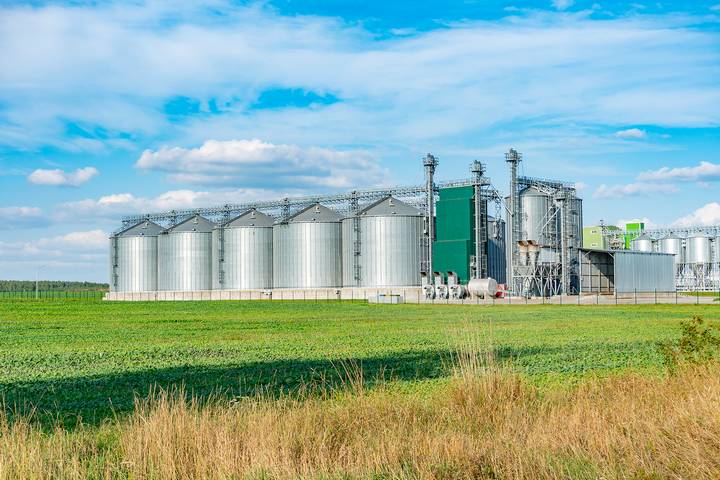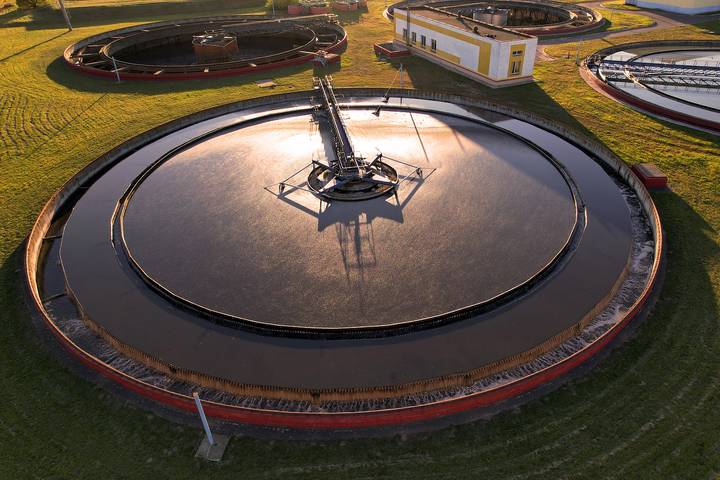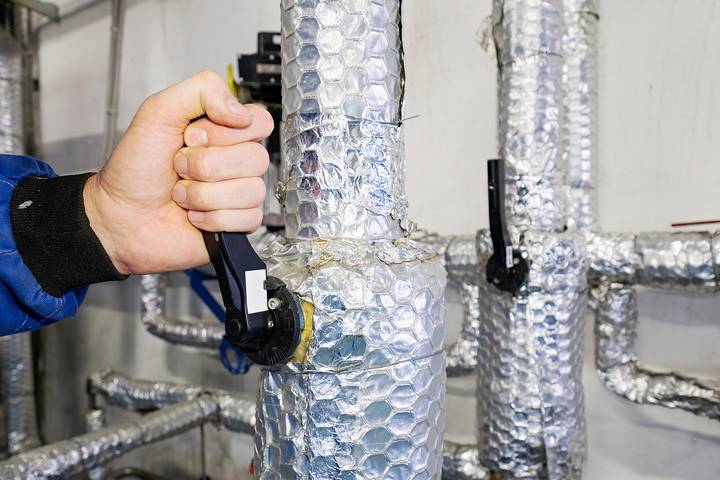
How Biogas Works: A Biogas Guide for Newbies
We have an abundance of biomass produced every year around the world. Many countries are adopting environmental protections, and while it is great to reduce our waste, it can’t be eliminated. For that we accumulate, we can harness energy from it with various methods to reduce our footprint and sustainably harness energy.
You have probably heard of biogas but are unsure what it’s about. We tend to concentrate on oil and coal, with wind and solar being rapidly adopted to help with our power needs. Biogas is an exciting frontier that is important to understand and will change your perspective on recycling.
So, how does biogas work? From organic waste to biogas upgrading equipment, the production involves a sophisticated refinement process to turn the gas into a usable energy. Let’s learn how biogas works.
It Begins as Biomass

Biogas is a combustible gas that can be burned to make electricity and refined to produce fuel. It starts as biomass and is an organic matter that accumulates in many ways, including:
Municipal Waste
This includes residential garbage that has garden trimmings, food waste, paper and cardboard
Forestry Residue
Biomass comes through material left over from logging and unmerchantable trees left behind, like dead or diseased growth.
Agricultural Residue
Everything left behind from food harvesting, like stalks, leaves and fibre, is included.
Wood Processing Mills
These mills produce a lot of residues like branches, bark, sawdust, needles and leaves that can be converted to fuel.
Wet Waste
This includes commercial and residential food waste, sewage and livestock manure
Dedicated Energy Crops
Some plants like bamboo, wheatgrass, fescue and sorghum are herbaceous crops, while short-rotation trees like maple, sycamore, willow and poplar are considered woody crops. They improve the soil quality and help with wildlife habitat but are later used for biogas production.
Processing Technologies

Once the biomass is collected or earmarked for processing, there are three main technologies used to produce gas:
Biodigesters
These digesters operate both wet and dry, with the liquid slurries moved around and the dry substrates stacked in a pile. Anaerobic digestion is the process by which it is broken down.
Waste Water Treatment Plants
With these plants, different components like solids, organic matter, phosphorus and nitrogen are taken from the sludge as material to be treated.
Landfill Gas Recovery Systems
This system allows for decomposing solid waste with the gas captured through extraction wells and pipes.
Some of this biomass produced is used onsite to power generators for electricity and heat. Other material is transported to biogas plants for conversion using a variety of processes.
Creating Biogas

The equipment provides oxygen-free conditions at a biogas plant so anaerobic digestion can occur. The result is energy and fertilizer, but it goes through various steps first.
Reception Area
This is the beginning stage, where raw material is prepared for digestion. There are different processes for the various types of biomass, and pre-treatments are used to accelerate the fermentation.
Digester
Once in the digester, the material is heated at around 40 degrees, and an agitator periodically shifts the raw material to free gas as it breaks down during fermentation. There is a pipe that allows the gas to escape.
Gas Holder
This is where the pipe leads, and it is an airproof container that collects the gas. Along with methane gas, it may include carbon dioxide, hydrogen sulphide and water. It is held here until it is needed to produce energy and heat.
Most operations will have several digester systems and gas holders. After the process, the residue is pulled out of the digester and is utilized as high-quality fertilizer called digestate. Impurities must be eliminated from the gas before it produces biomethane, done through a cleanup process.
This fuel is burned in the power plant to produce electricity and heat but also is further processed to provide energy in the form of gas and electricity to the national grid.
This is a zero-waste system that utilizes biomass waste and creates useful products for energy.
Benefits of Biogas

Besides the obvious addition of fuel, biogas production positively impacts our planet. This includes:
Air Quality Improvement
Replacing fossil fuels for powering vehicles and cooking and heating reduces the amount of CO2 released into the atmosphere. Landfill methane capture prevents airborne escape from protecting the ozone layer
Climate Change Reduction
Alongside replacing fossil fuels in automobiles, biogas production also removes animal manure from the environment and provides fertilizer, so chemically produced versions are less needed. This and other emission reductions positively impact sea levels, increasing temperature and ocean acidification.
Solid Waste Management
Utilizing toxic waste as fuel helps eliminate it from our natural environment. This, In turn, slows the spread of disease and improves hygiene and sanitation.
Biogas is the largest renewable energy source on the planet, and as it is adopted worldwide, we make this fantastic blue ball that we inhabit a little brighter.
